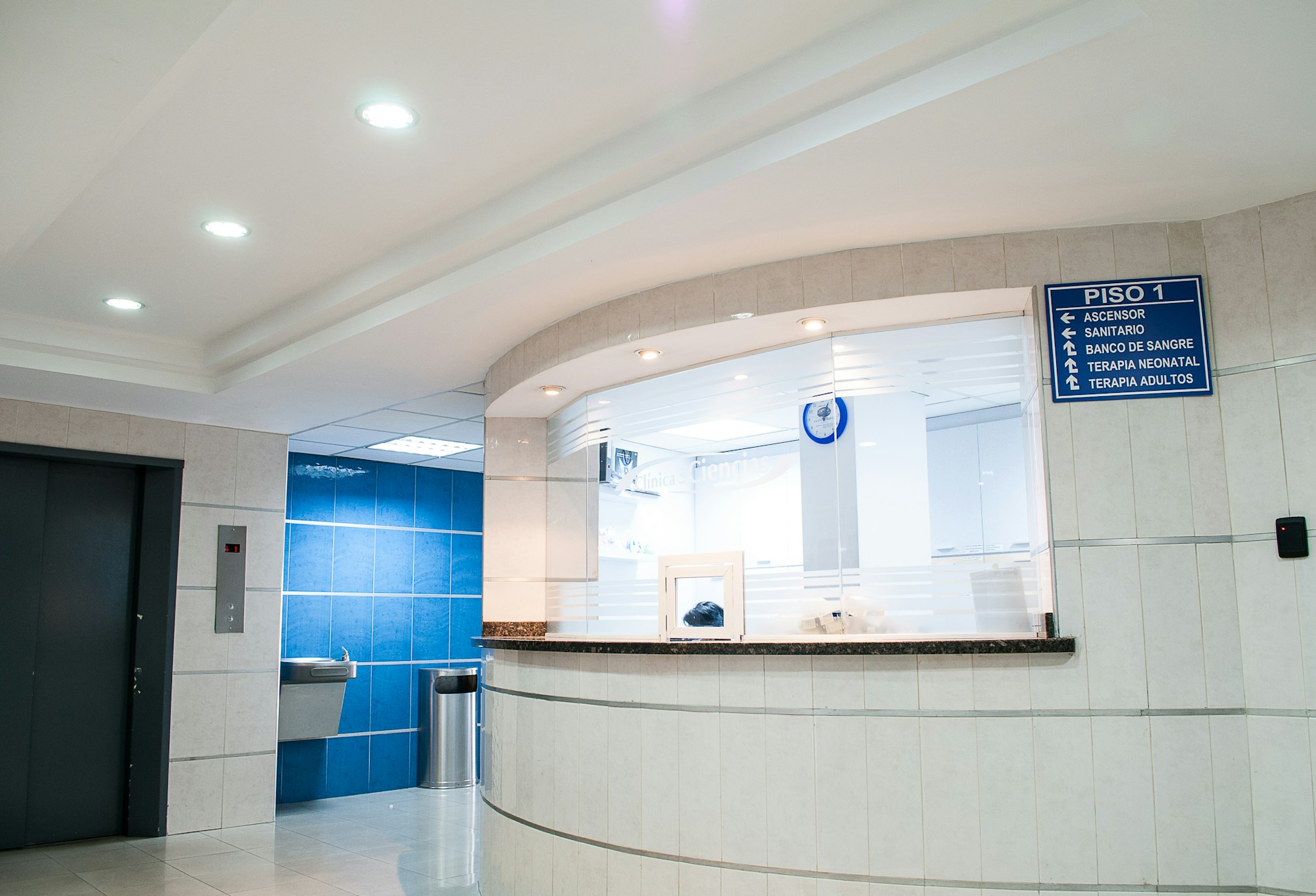Physical therapy (PT) is a critical aspect of healthcare that helps patients recover from injuries, surgeries, and chronic conditions, enabling them to regain strength, mobility, and independence. In hospital settings, PT is particularly vital for patients undergoing acute care rehabilitation, post-surgical recovery, and other specialized treatments. Traditionally, physical therapy has been delivered through in-person sessions within the hospital’s relevant in-patient department, where patients work directly with clinicians in a one-on-one setting. While this approach has proven effective, it is resource-intensive and can be challenging to scale. As the demand for hospital-based rehabilitation grows, the need for scalable solutions within these systems has become more pressing. [source]
This is where computer vision technology steps in, offering innovative ways to enhance in-hospital care, improve efficiency, and expand access to quality rehabilitation within the healthcare system.
Current In-Hospital PT Treatment and the Need for Scalability
In-hospital physical therapy remains the gold standard for rehabilitation, providing patients with personalized care tailored to their specific needs. Clinicians can observe patients in real-time, make necessary adjustments to exercises, and offer immediate feedback. However, as the demand for physical therapy services grows, hospital departments face several challenges, including limited clinician availability, high costs, and time constraints [source].
One of the most significant challenges is scalability. Traditional one-on-one sessions are time-consuming and limit the number of patients a single clinician can see in a day, creating bottlenecks in care delivery. To address these issues, there is a growing need for scalable solutions that can maintain the quality of care while expanding access to more patients, particularly in postoperative rehabilitation and early mobilization programs within hospital settings.
Types of Physical Therapy Treatments in Hospital Settings
Physical therapy treatments in hospitals vary based on the patient’s condition, the stage of rehabilitation, and the resources available in the healthcare system. The three primary types of treatments are:
- Personal 1-on-1 Sessions: In these sessions, a single clinician works directly with a patient, providing personalized guidance and feedback. These sessions are ideal for patients with complex needs or those requiring close supervision, such as during post-surgical recovery. The clinician can tailor exercises to the patient’s progress and make real-time adjustments to ensure optimal outcomes, which is particularly important in acute care rehabilitation settings.
- Clinician-Guided Group Exercises: These sessions involve multiple patients performing exercises simultaneously under the supervision of one or more clinicians. Group exercises are beneficial for patients with similar conditions, such as COPD and other respiratory diseases. The clinician provides general guidance, ensuring that all patients perform exercises correctly while benefiting from a supportive environment. This method is often used in for patients that haver regained walking ability and can leave their bed without supervision.
- Station-Based Group Sessions: In this setup, patients rotate through different stations, each focusing on a specific exercise or aspect of rehabilitation. Clinicians monitor the group as a whole, offering guidance as needed. This approach allows for efficient use of time and resources, enabling multiple patients to receive care simultaneously. This is particularly useful in a hospital system where efficient use of limited resources is crucial or for discharged patients that come in for supervised exercise sessions to reduce de-conditioning.
The Benefits of Using Computer Vision in Hospital-Based Physical Therapy
Computer vision technology, which involves the use of algorithms to interpret visual data, could offer significant advantages in each of the above treatment types. By automating certain aspects of physical therapy, computer vision may enhance the efficiency, effectiveness, and scalability of in-hospital care.
Enhancing Personal 1-on-1 Sessions
In one-on-one sessions, computer vision technology could be used to track and analyse a patient’s movements in real-time. By capturing precise data on joint angles, posture, and movement patterns, the system can provide immediate feedback to both the clinician and the patient. This could not only shorten the assessment time but may also allow for more targeted and effective treatments, particularly in acute care rehabilitation and post-surgical settings. [source: https://pubmed.ncbi.nlm.nih.gov/36459598/]
For instance, a computer vision system could quickly identify any deviations from proper form during an exercise, alerting the patient to make necessary corrections. This may reduce the time spent on manual assessment and could allow the clinician to focus more on patient interaction and treatment planning. Additionally, computer vision can track the patient’s progress over time, providing data-driven insights that may guide future sessions and may optimize outcomes. By the possibility to reduce the time needed for assessments and to improve the accuracy of treatment, computer vision could increase the number of patients a clinician can see in a day, thereby addressing the issue of scalability in one-on-one sessions within a hospital department.
Improving Clinician-Guided Group Exercises
In group exercises, clinicians are responsible for monitoring multiple patients simultaneously, which can be challenging, especially in larger groups. Computer vision technology may assist by tracking each patient’s movements and providing real-time analysis. This could allow clinicians to ensure that all participants are performing exercises correctly without needing to individually observe each one, which is particularly beneficial in hospital settings where resources are limited.
For example, if a patient in a group session is not performing an exercise correctly, the computer vision system can alert the patient while providing individualized guidance without interrupting the flow of the session. This not only could improves the quality of care but also could reduces the need for multiple clinicians in a single session, and could make group exercises more efficient and cost-effective within the hospital system. Moreover, computer vision can provide objective data on each patient’s performance, and could allow for more accurate tracking of progress and more personalized feedback, which is crucial in postoperative rehabilitation programs.
Optimizing Station-Based Group Sessions
Station-based group sessions are designed to maximize the use of time and resources by having patients rotate through different exercises. However, managing these sessions effectively can be challenging, as clinicians need to monitor multiple stations simultaneously. Computer vision technology could streamline this process by automatically tracking and analyzing patient movements at each station.
For instance, a computer vision system could ensure that patients are performing exercises correctly at each station, providing real-time feedback to both the patient and the clinician. This may reduce the need for constant supervision, allowing clinicians to focus on providing guidance where it is most needed. Additionally, computer vision may help to identify patterns or issues that may not be immediately apparent to the clinician, such as a patient consistently struggling with a particular exercise. By reducing the need for constant clinician oversight, computer vision may allow for larger group sessions with fewer clinicians, increasing the efficiency and scalability of station-based treatments within the hospital’s physical therapy department. This could enable the hospital system to serve more patients without compromising the quality of care.
Conclusion
Computer vision technology could revolutionize the field of physical therapy by enhancing the efficiency, effectiveness, and scalability of hospital-based care. Whether in one-on-one sessions, clinician-guided group exercises, or station-based group sessions, computer vision offers valuable tools that may improve patient outcomes and may expand access to quality rehabilitation within the hospital system. By reducing assessment and treatment times, decreasing the need for multiple clinicians, and providing data-driven insights, computer vision may empowe hospital physical therapy departments to meet the growing demand for services while maintaining the highest standards of care.
As the healthcare industry continues to evolve, the integration of computer vision into hospital-based physical therapy is not just a technological advancement—it is a necessary step toward a more accessible, efficient, and effective future for rehabilitation.




